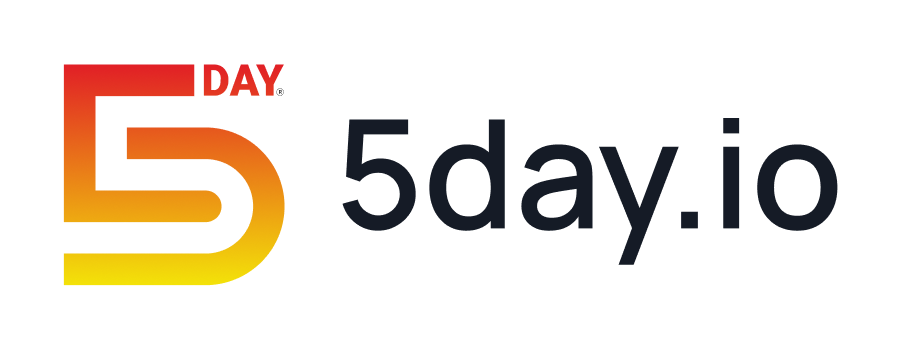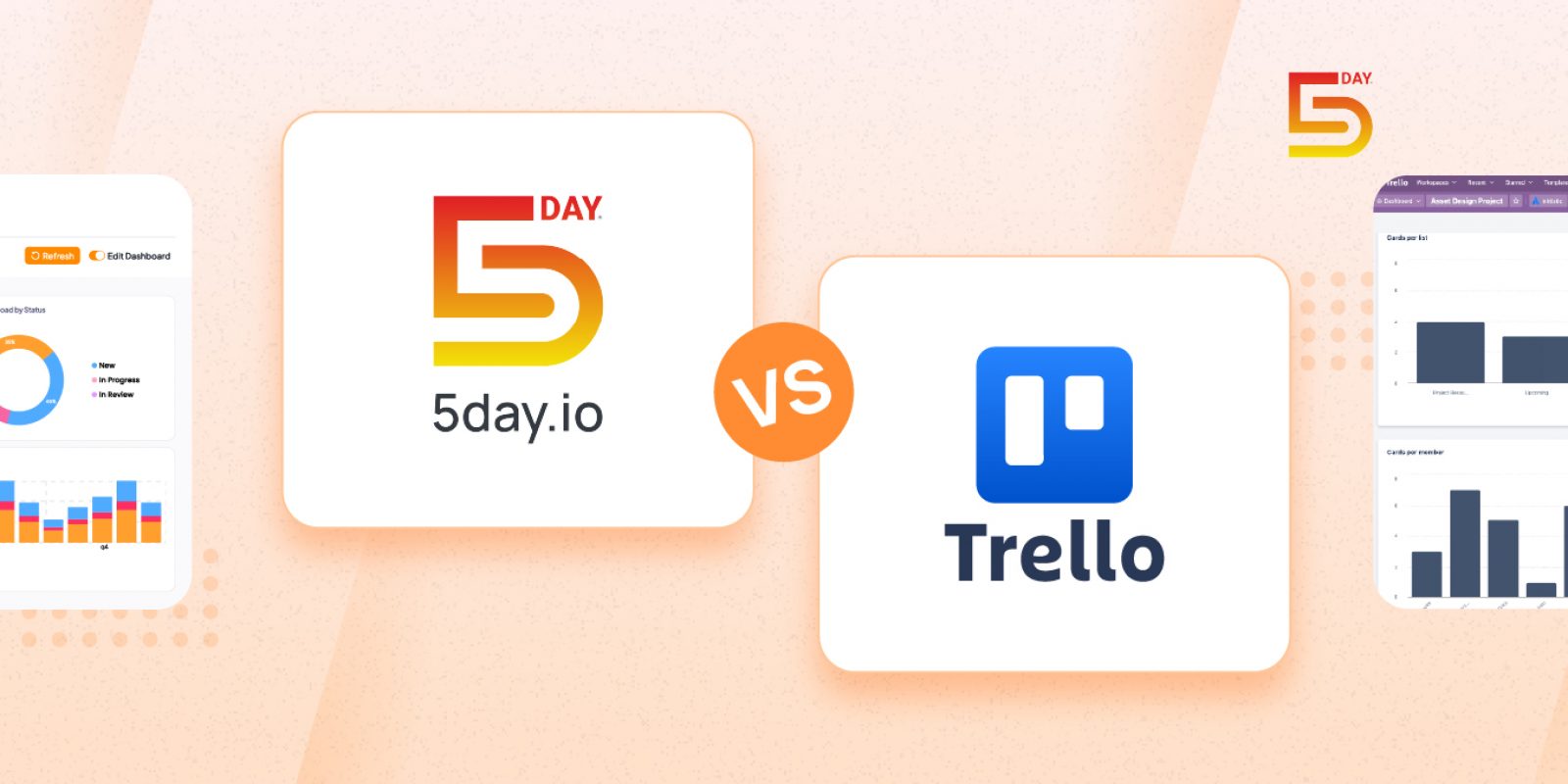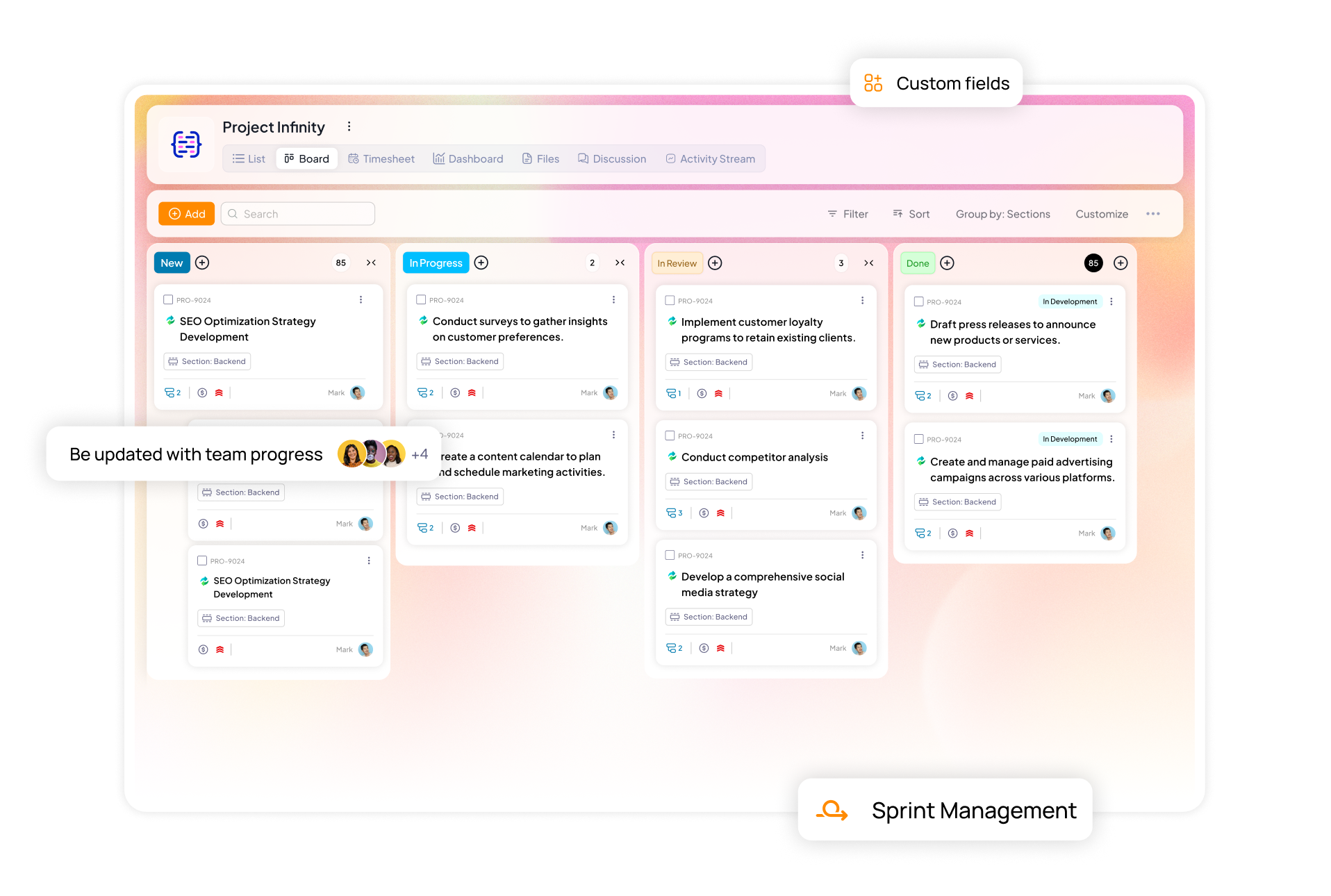If you are a project manager, you might work between 3 and 20 projects on average, according to Indeed. To execute these projects well you need access to successful project management tips.
But tips out there are often tied to assumptions like if you have plenty of funds, your project is less likely to fail, or with plenty of skilled people, managing projects becomes easier.
However, the reality is different. Besides overseeing the overall resource management and budget, project managers also need to consider everyday tasks and communicate with multiple teams. This proves to be one of the bigger challenges with project management.
This article will help you understand what some common challenges with project management are and how you can tackle them with our project management tips. You will also learn what success actually means in a project and how to determine those success factors.
Common challenges with project management
Balancing multiple projects at once is not just about time management; it’s about focus management. According to this Forbes article, multitasking can hamper as much as 40% of your productivity levels. This means that constantly juggling between emails, Excel, and chats can drain a knowledge worker’s cognitive resources and impact project progress.
Additionally, every single project comes with its own set of challenges, like inaccurate planning, bumpy execution, and delayed delivery time. Let’s look at some of the common challenges below.
Setting up incomplete project objectives and unrealistic deadlines
Start of any project is an exciting time. All the decision makers involved are excited to get the ball rolling and achieve big, ambitious results. This often results in two things:
- Not determining a clear goal or an objective but basing the entire project on what feels like a good thing to achieve. This leads to a lack of direction when the project gets going, and you are already pouring in the resources, time, and money without seeing any results. It also forces you to make erratic decisions based on need rather than data.
- In the excitement to do more quickly and see instant results, companies set unrealistic deadlines that are difficult to meet. A decision like this makes all the parties involved disgruntled. The knowledge workers will get burnt out when trying to get results, and the stakeholders will get unhappy as they will not see the results promised to them.
Increasing the scope of work based on need
Scope creep is a looming challenge in the project management industry, affecting nearly 39% of projects, according to Pulse of the Profession Report, 2024, by PMI. It is a gradual addition to the project’s scope that affects everything from its budget to its timeline.
The three main reasons behind scope creep are:
- Lack of clear planning where you do not know what feature is to be built next or how to provide your service once you have built it.
- Lack of engagement from stakeholders where they do not state their goals with the project initially and neglect it until it’s time to see results.
- Excessive involvement from stakeholders who keep increasing the scope of the project by making a decision that alters the budget, timeline, or expectation.
Learn more: How to define scope creep effectively
Vague and unclear communication
Poor communication is at the core of most project failures. It creates misunderstanding and lack of accountability, drives bridges between teams, and erodes the trust of stakeholders. Some of the main reasons behind poor communication are:
- Unclear objectives from the leadership team lead to misunderstanding of goals
- Siloed information scattered between multiple tools resulting in scattered knowledge
- Inconsistent messaging from multiple leaders causing confusion in the team
- Lack of timely updates, which leads to unawareness about project changes or shifts in priorities
5 Successful project management tips to juggle multiple projects
Now, we know that project managers are responsible for handling many moving parts across multiple projects. To handle that, here are some of the best project management tricks that discuss not the textbook process but the tactical challenges that come with it.
1. Discuss project expectations early on
A great project manager will not start any project before deciding the goals, objectives, and expectations early on in the process. They know that the most important piece of information in the project is the stakeholders’ expectations.
They discuss the overall timeframe, budget, and resources to be allocated to the project. Additionally, they get clarity on the expectation by asking the stakeholders these three questions:
- How will the success of the project be measured?
- What are the factors that could impact its success?
- What does success look like for this particular project?
Good project managers clarify the stakeholders’ assumptions, guide them in a realistic direction, and set their team up for success. All of this starts with a solid project initiation document.
2. Draw a clear communication plan
Communication is one of the most important skills one should learn as a project manager, as 68% of respondents of the PMI report mentioned in 2023.
Drawing up a clear communication plan that details what should be communicated, to who, when, how, and in what way is very important. A good plan in place will help you avoid:
- Duplication of effort
- Wasted time
- Miscommunication
- Overlapping responsibilities
Pro tip: Look for a collaboration tool that helps you connect on the project and task levels. Get into granular discussions that provide instant clarity and resolution. A tool like 5day.io seamlessly works with your project management process as it offers both the capabilities on one single platform.
3. Draw a clear communication plan
A detailed project plan outlines every single thing you need to execute the project, right from a good project management tool to budget and resources. It outlines the exact sequence of tasks or events that need to be executed to accomplish the project’s goal.
When creating a project plan, lay down all your task dependencies and create a sequence. Try to map out a sequence that will have tight knight dependency and will help you reach the end goal fastest. This is called a critical path.
For example:
To complete a website redesign within six months, the project plan includes a comprehensive sequence of tasks like
- Conducting a site audit
- Defining new user flows
- Creating wireframes
- Developing front-end features
- Testing functionality
The project identifies key dependencies, such as the need for the design team to finalize wireframes before the development team can start coding.
The critical path is mapped out by prioritizing the approval of design drafts and the availability of the content team, so the project stays on track and launches on time.
Budget allocation is broken down into software costs, team salaries, and external services, while resources include dedicated designers, developers, and a project manager.
Milestones are set at design approval, front-end completion, and beta testing.
Pro tip: When mapping out priorities for a new project, focus on the 80-20 principle or more famously known as the Pareto Principle. This means starting with 20% of the tasks that will bring the highest or 80% of the impact. These are the tasks that will help you reach your goal quickly.
4. Invest in the right tools
Managing a project is an intricate balance of tasks, people, budget, and time. It is important to invest in the right tools that help you oversee all aspects of the work, be it on a granular level or a 30,000-foot view of everything.
One of the best tips for project management you can apply is to invest in a project management tool that helps you with 80% of your workload.
Be it executing the entire project lifecycle or going to the base level with everyday tasks. Delegation, monitoring, and communication should all be centralized.
Based on this, the top features to look for in a project management software are:
- Task Management
- Smart AI for simplifying operations
- Collaboration Tools
- Time Tracking
- File Sharing
- Links and Dependencies
- Kanban Boards
- Reporting and Analytics
- Integration Capabilities
5. Assemble a team of goal-oriented professionals
At the end of the day, after getting the best tools, making the most detailed plans, and getting the desired budget, the plan still fails if you appoint the “wrong” people.
“If you think it’s expensive to hire a professional to do the job, wait unatil you hire an amateur.” – Red Adair
Any project will only ever be as good as the people who will work on it. The best project management advice is to carefully select the people who work with you. Choose people that have the integrity, intelligence, and energy to match your project’s goals.
What does that look like in practice?
- Choose people who are driven by achieving clear outcomes and can keep the project’s end goals in sight
- Members must take the initiative without needing constant supervision, contributing to the project’s momentum
- Your team should pivot quickly when projects change direction without losing focus or motivation
Successfully manage your projects every time with 5day.io
Avoiding common pitfalls like unclear communication, scope creep, and misaligned expectations is a big part of managing projects. With 5day.io, you can apply the above tips for successful project management and tackle these challenges directly.
By centralizing your project communications and task tracking, 5day.io minimizes silos and provides clear, consistent messaging across teams.
Moreover, with 5day.io’s project planning features, you can manage task dependencies, timelines, and projects to avoid unrealistic deadlines or poor execution. The platform’s visual tools like Analytics, List View, and Kanban Boards simplify identifying your project’s health and monitor daily progress.
Finally, by integrating task management, 5day.io helps you monitor project progress for better accountability and focus, even in complex environments. With 5day.io, project managers and stakeholders gain clarity and successful project delivery every time.
Want to give it a try? Use all the premium features for free for 3 months.






